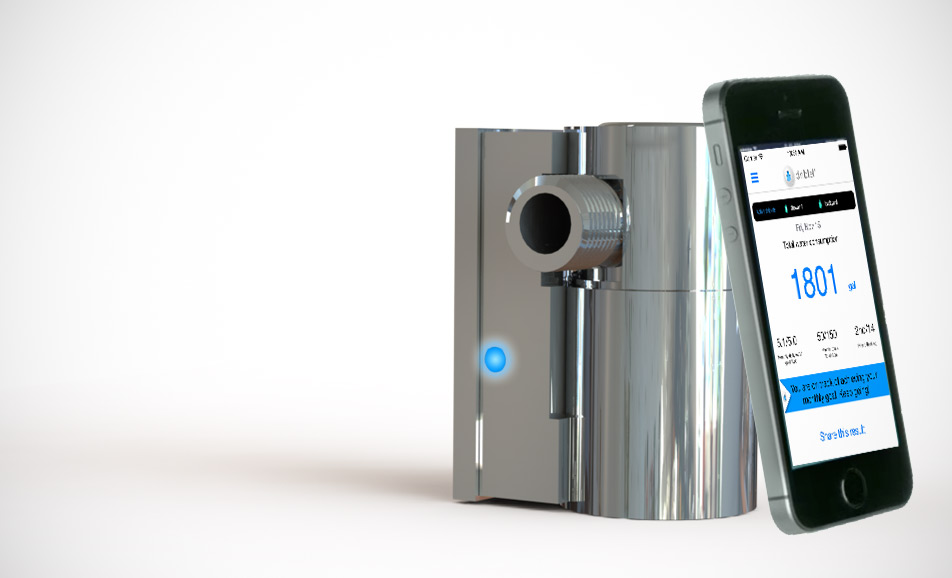
Oscar, the New York-based startup in the decidedly unsexy world of health insurance, has just picked up an additional $30 million in funding.
Why? Promising numbers in the product’s first 90 days since launch. The company debuted last October just as the federal government and states unveiled new health insurance exchanges where consumers can pick and choose plans in compliance with the Affordable Care Act.
Oscar has since enrolled “thousands” of customers and has “tens of millions” of dollars in annualized revenue. While the federal government’s exchange had an embarrassingly messy launch, state programs in places like New York and California rolled out more smoothly.
That’s where Oscar has picked most of its new clientele. Apparently, the numbers were good enough that Founders Fund, which had been a minority investor in the company, decided to increase its stake at a $340 million valuation. Other firms including Khosla Ventures, General Catalyst Partners and Kushner’s firm, Thrive Capital, also participated. Founders Fund put in $25 million, while the other firms added the remaining $5 million.
Oscar tries to marry many of the design and user experience lessons from the consumer web and mobile world with health care.
They have a clean and clear sign-up flow and they offer amenities like telemedicine or the ability to talk to a doctor within one hour of making a request. Generic drugs and primary care visits are also free.
The company has a notable team behind with it Thrive Capital’s Josh Kushner, Vostu co-founder Mario Schlosser, Kevin Nazemi and Fredrik Nylander, who ran engineering and operations and Tumblr. That’s just on the tech side. They also picked up executives with about 1,000 years of health insurance career experience behind them. On the company’s board is Charlie Baker, who ran insurer Harvard Pilgrim out of Massachusetts, the only state with an insurance exchange before the Affordable Care Act was passed.
Oscar’s timing was incredibly lucky. The team looked at the healthcare space before they really understood what the full impact of the Affordable Care Act (or Obamacare) would be. But the act fortuitously offered them a window to pick up customers just as the U.S. government enacted an individual mandate, or a requirement that people buy insurance or face penalties. That has meant a host of previously uninsured customers have come online the last several months.
In total, Oscar has raised $75 million, about $29 million of which has gone toward a capital reserve that the state of New York requires for health insurance providers.
The company only caters to customers in New York and has no immediate plans to expand outside of the state (although that is the goal long-term).
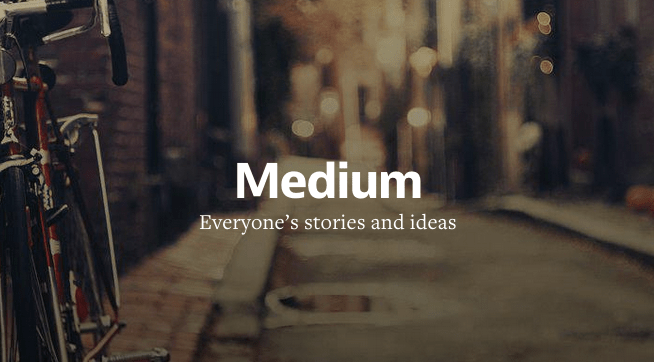
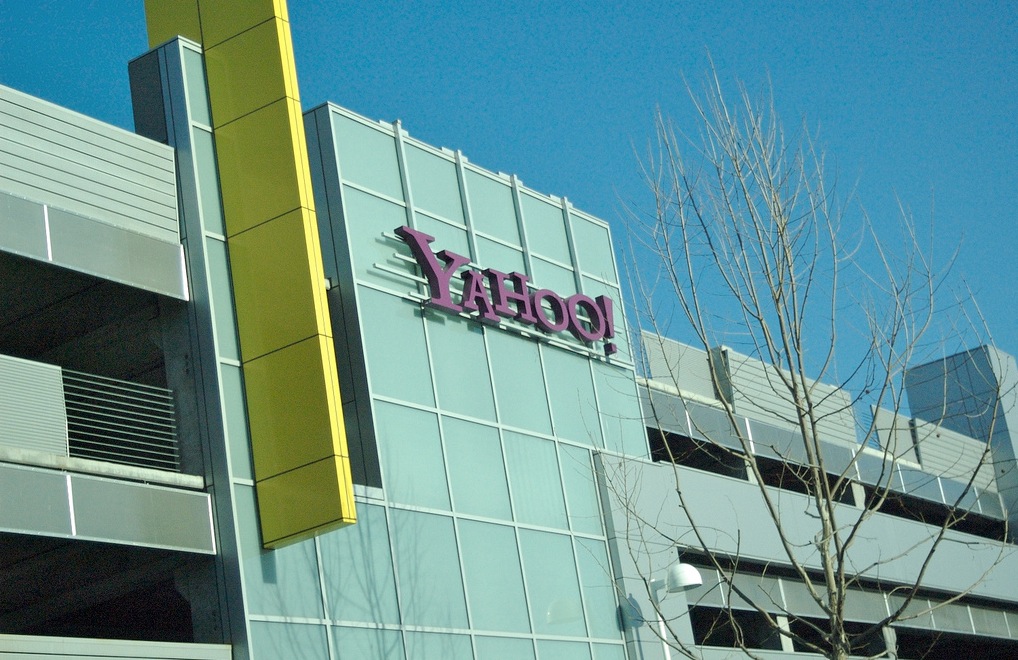
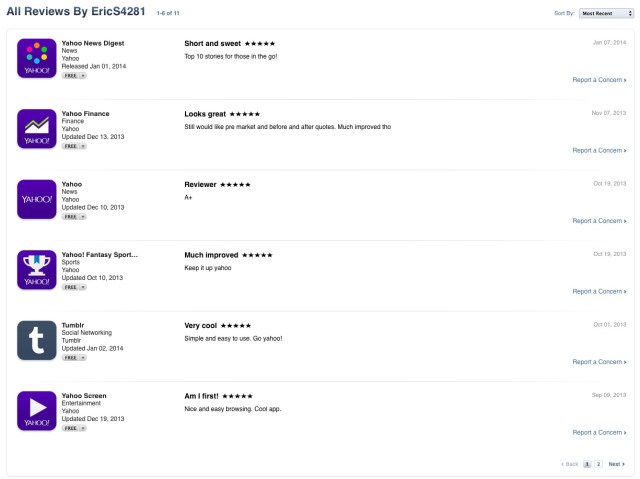

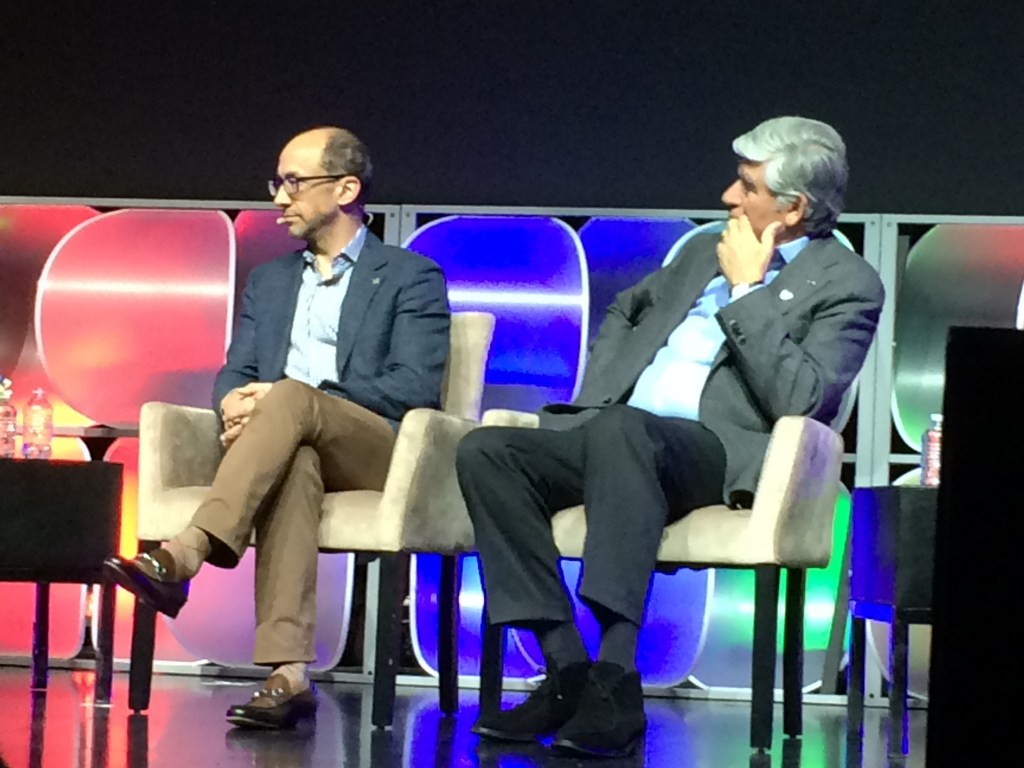
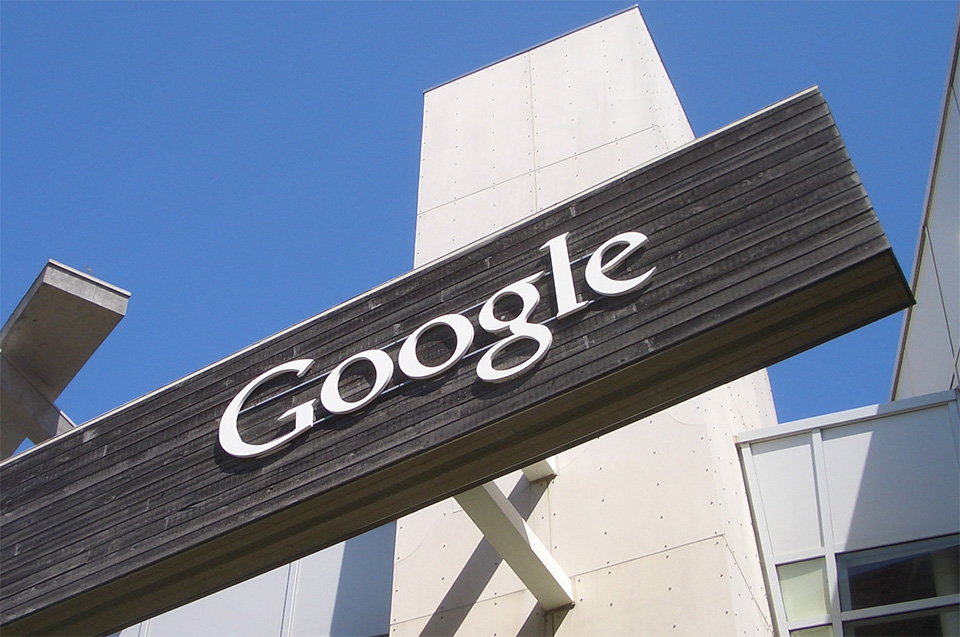


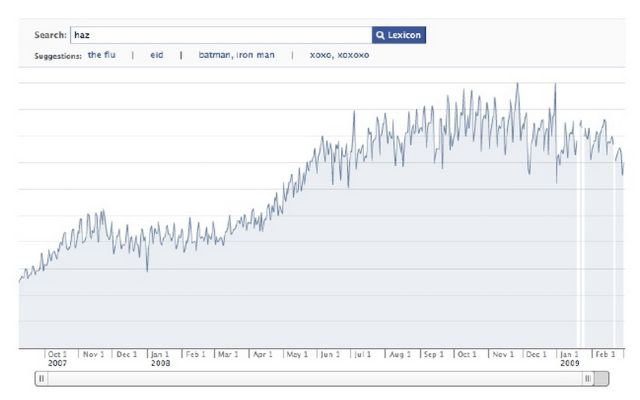
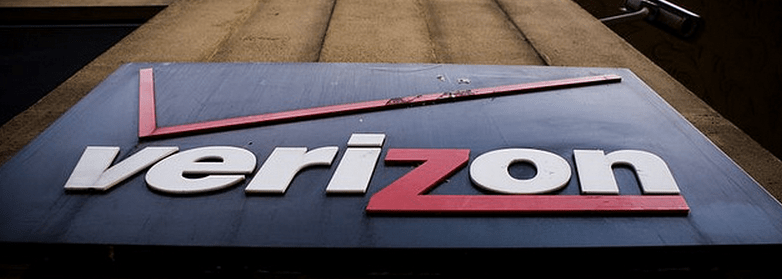

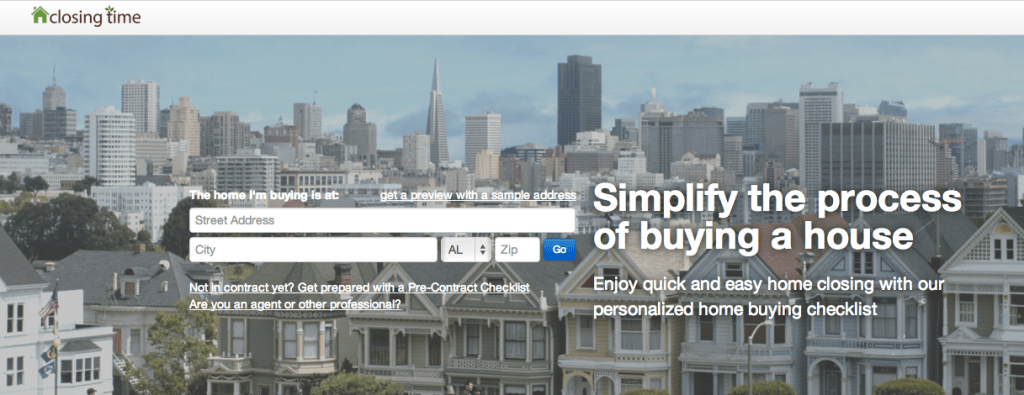
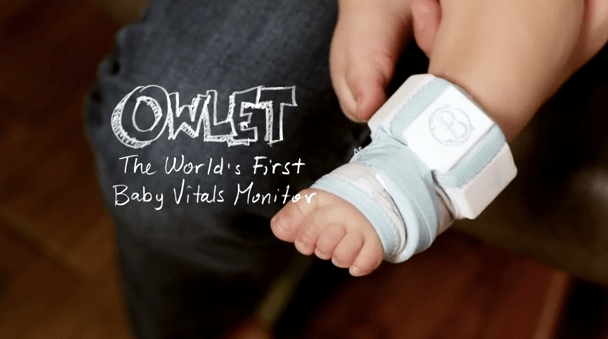
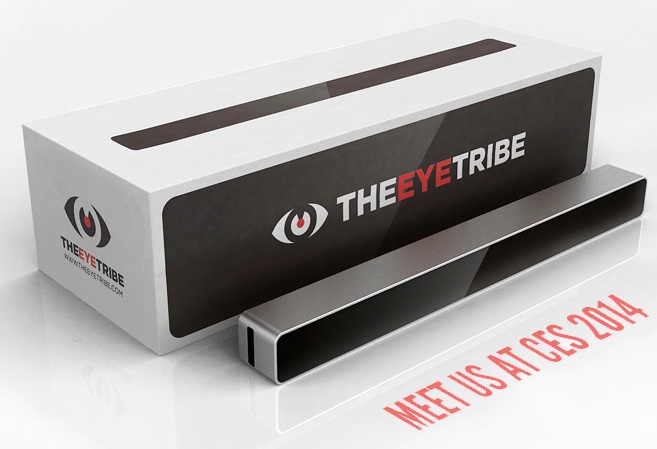
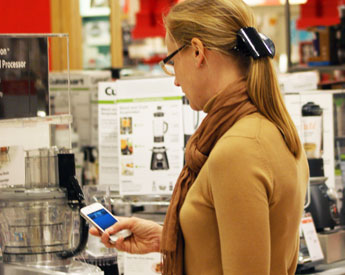
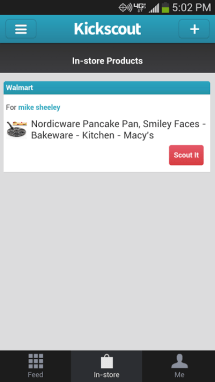 Sheeley says that, with Kickscout, he was interested in exploring how mobile could be used to disrupt offline retail, an industry that had yet to change much over the years. He had been testing a number of ideas with the service, initially having users taking photos of things they think their friends might want to buy while in stores.
Sheeley says that, with Kickscout, he was interested in exploring how mobile could be used to disrupt offline retail, an industry that had yet to change much over the years. He had been testing a number of ideas with the service, initially having users taking photos of things they think their friends might want to buy while in stores. According to Mobee CEO Prahar Shah, the interest in acquiring Kickscout had a lot to do with Sheeley – because of his experience with RunKeeper, and growing a user base.
According to Mobee CEO Prahar Shah, the interest in acquiring Kickscout had a lot to do with Sheeley – because of his experience with RunKeeper, and growing a user base.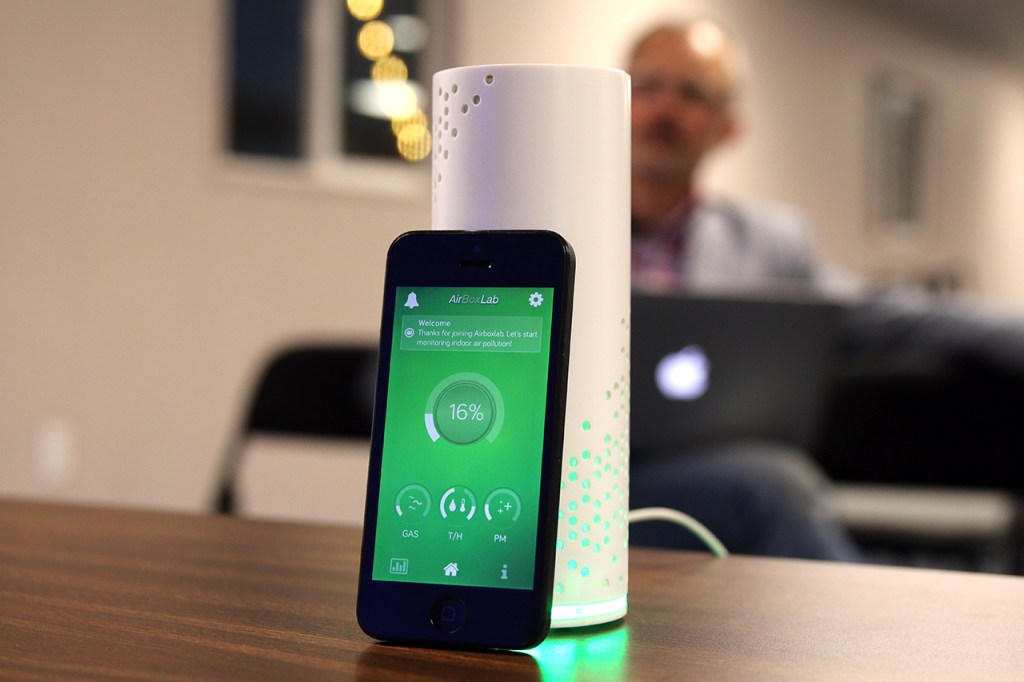

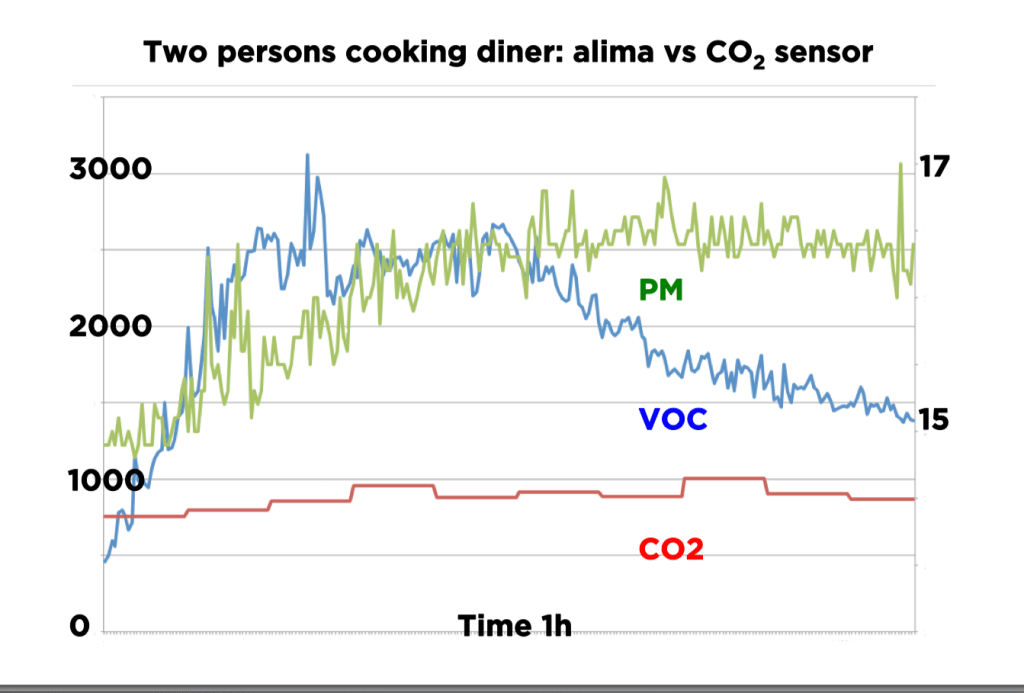 Touillon notes that the Alima is different from other air quality sensors because there will be an emphasis on developing predictive algorithms. The idea is that you can tell in advance when you’re going to experience hazardous air levels, and provide you with steps to prevent that from even happening at all. Also, it’s designed to be a way for everyone to work together collaboratively to improve their air quality experience.
Touillon notes that the Alima is different from other air quality sensors because there will be an emphasis on developing predictive algorithms. The idea is that you can tell in advance when you’re going to experience hazardous air levels, and provide you with steps to prevent that from even happening at all. Also, it’s designed to be a way for everyone to work together collaboratively to improve their air quality experience.